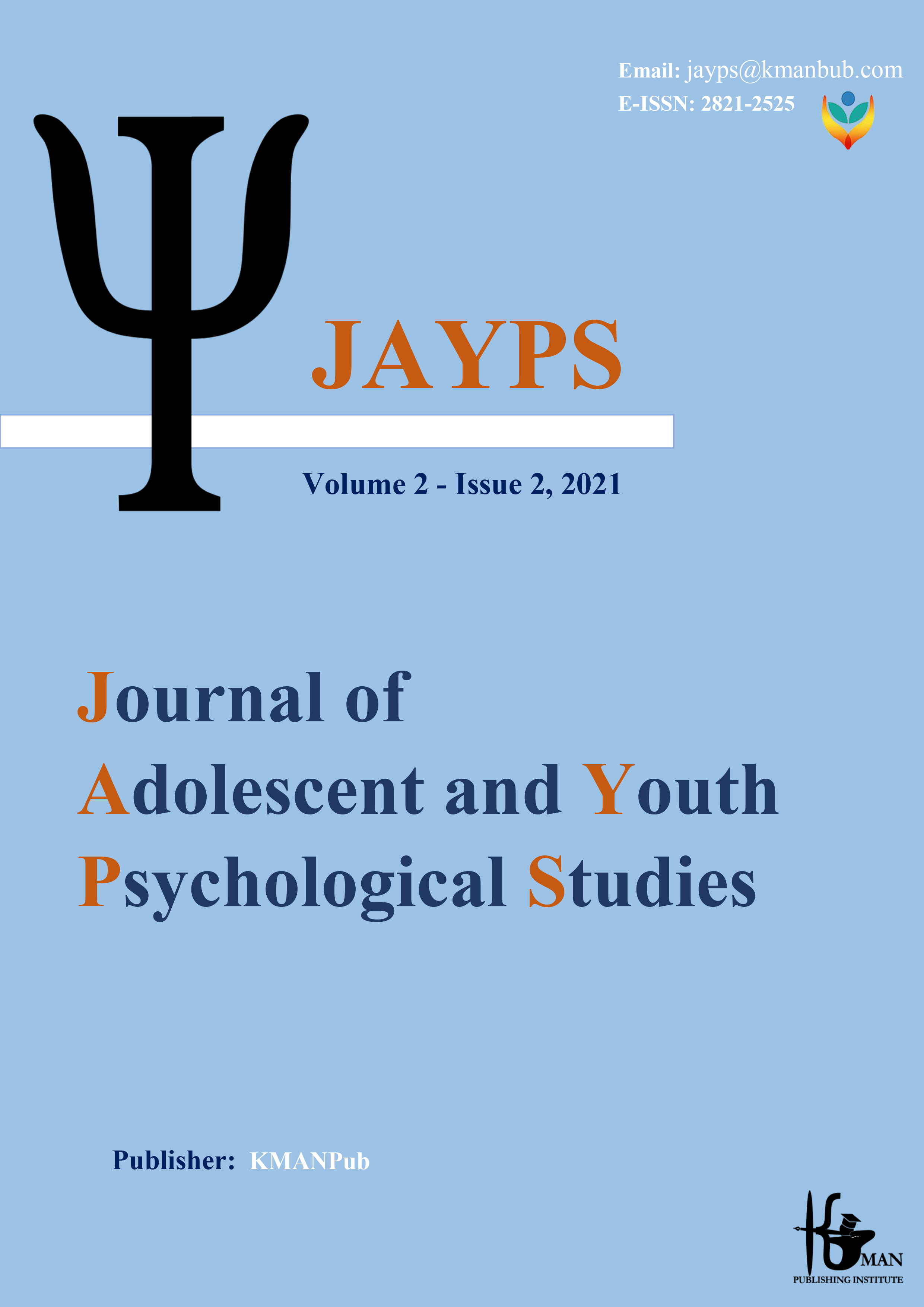Smartphone management styles and smartphone addiction: The mediating role of hot executive functions in students
Keywords:
smartphone, management styles, addiction, hot executive functionsAbstract
Background and purpose: It seems that the main source of smartphone addiction in teenagers and young adults is environmental stress such as school and family; The present study was conducted with the aim of smartphone management styles and smartphone addiction: the mediating role of hot executive functions in students. Methods: The research method is cross-sectional correlation. The statistical population of this study consisted of all students of normal schools for boys and girls aged 15 to 18 years living in Tehran in 1399-1400, from which 722 people were selected by available sampling method. In this study, mobile dependency tools (Bianchi and Phillips, 2005), smartphone management styles (Hsieh et al., 2019) and executive functions (Balster Gerrard et al., 2000) were used, all of which have valid credibility and reliability, they were accepted. SPSS-V24 and Amos-V8.8 software were used to analyze the data. Results: Structural equation modeling was also used to answer the research hypotheses. Findings showed that the model has a good fit. The results also showed that the direct standard path of smartphone management on smartphone addiction is indirect and significant (P=0.05). Conclusion: The results showed that the effect of direct standard of smartphone management on phone addiction is significant and the effect of indirect standard of smartphone management on phone addiction with the mediating role of hot executive functions is significant. Therefore, paying attention to the mentioned variables in prevention and designing more appropriate therapies will help researchers and therapists.
Downloads
Downloads
Published
Issue
Section
License

This work is licensed under a Creative Commons Attribution-NonCommercial 4.0 International License.









